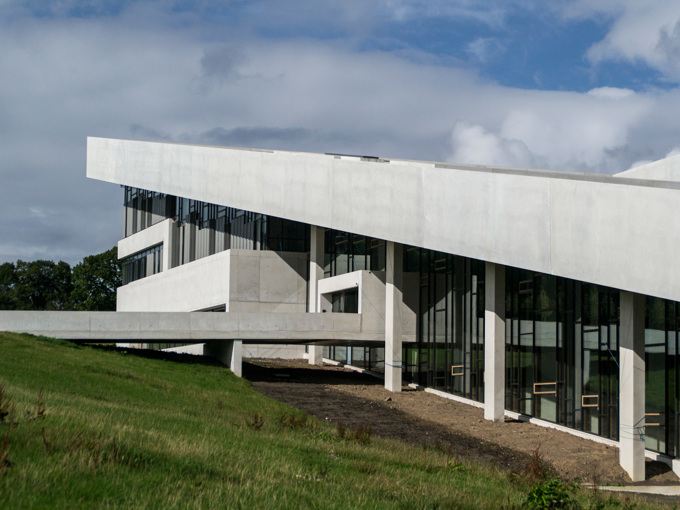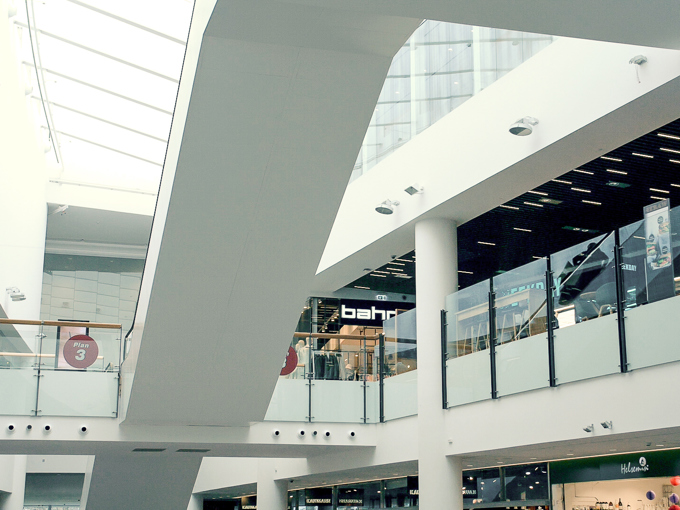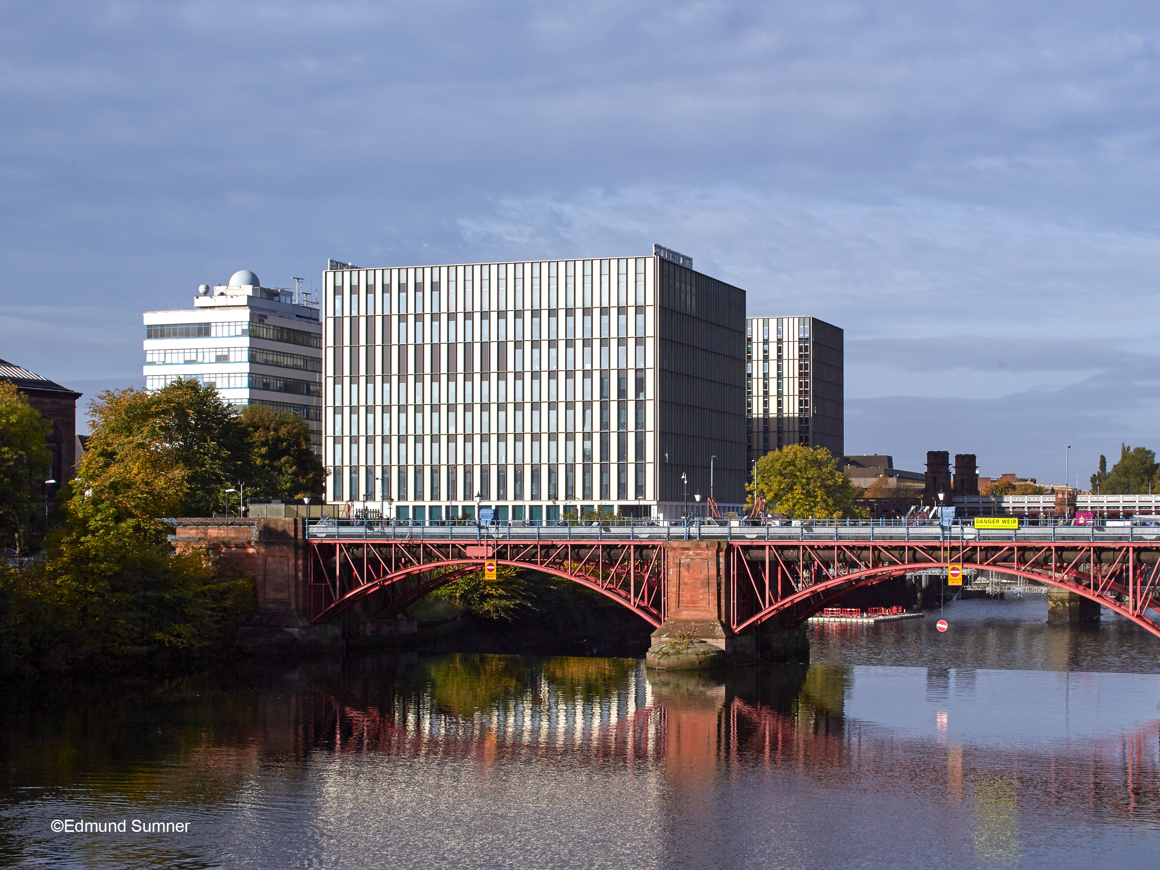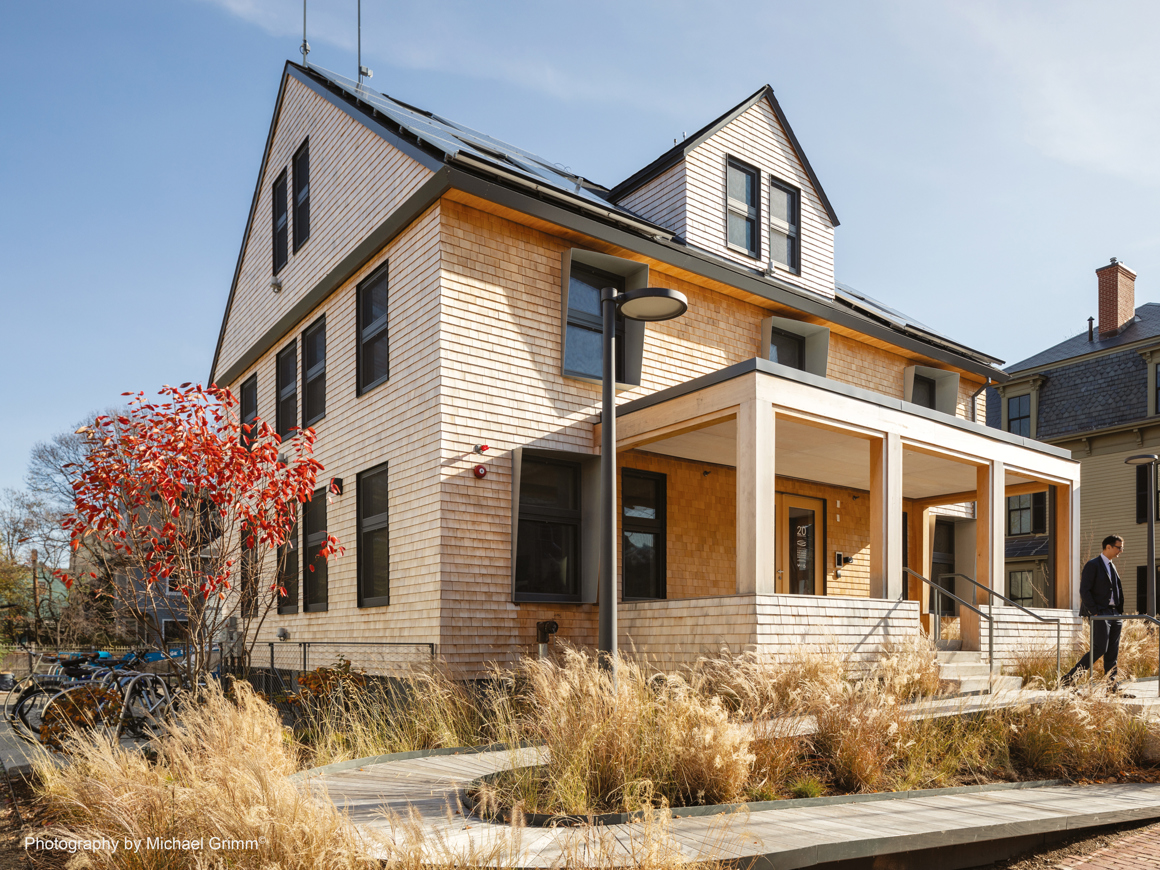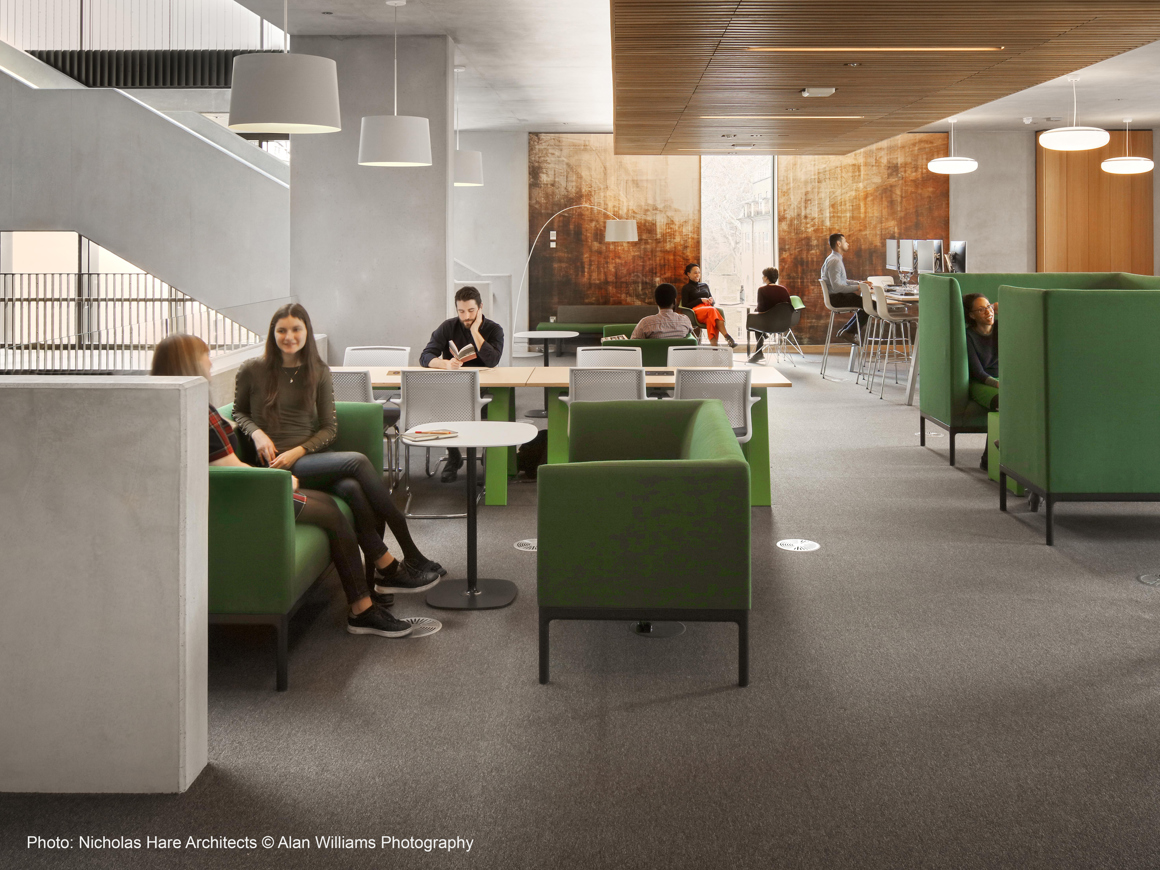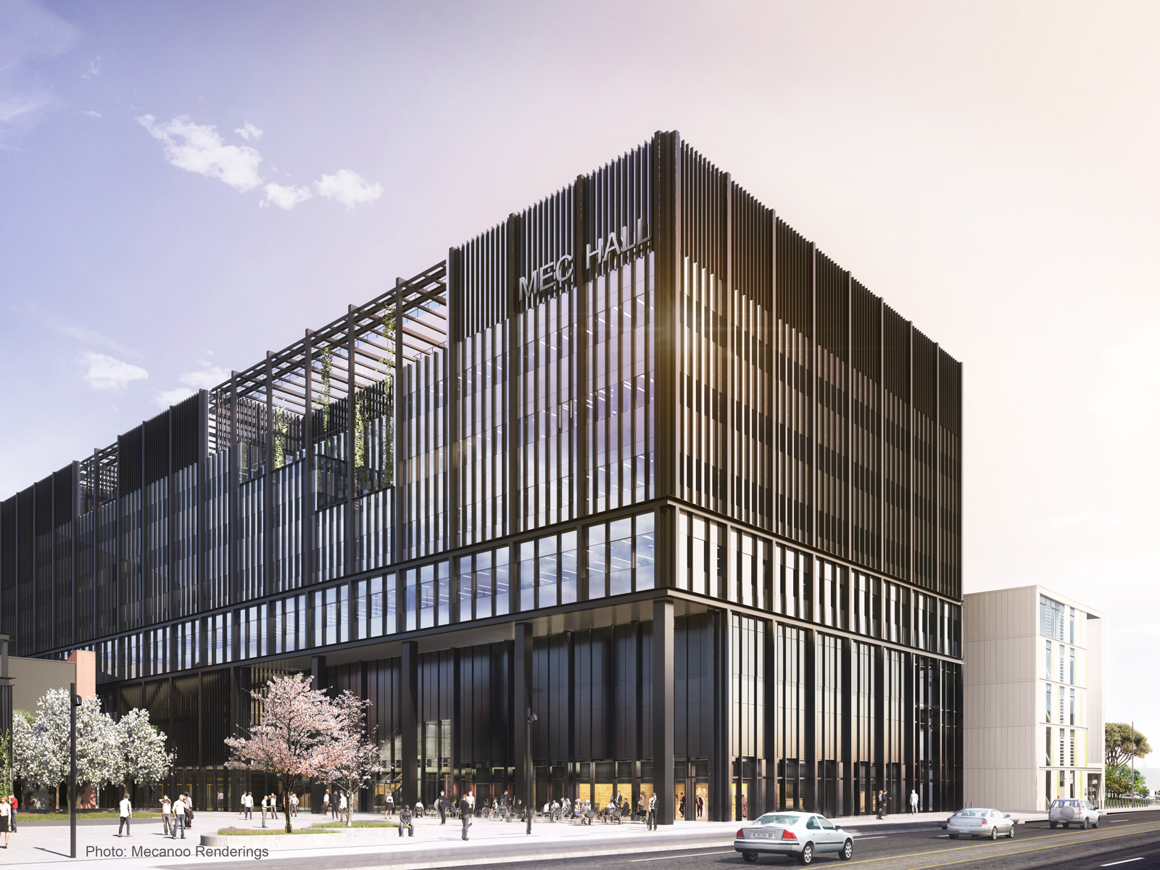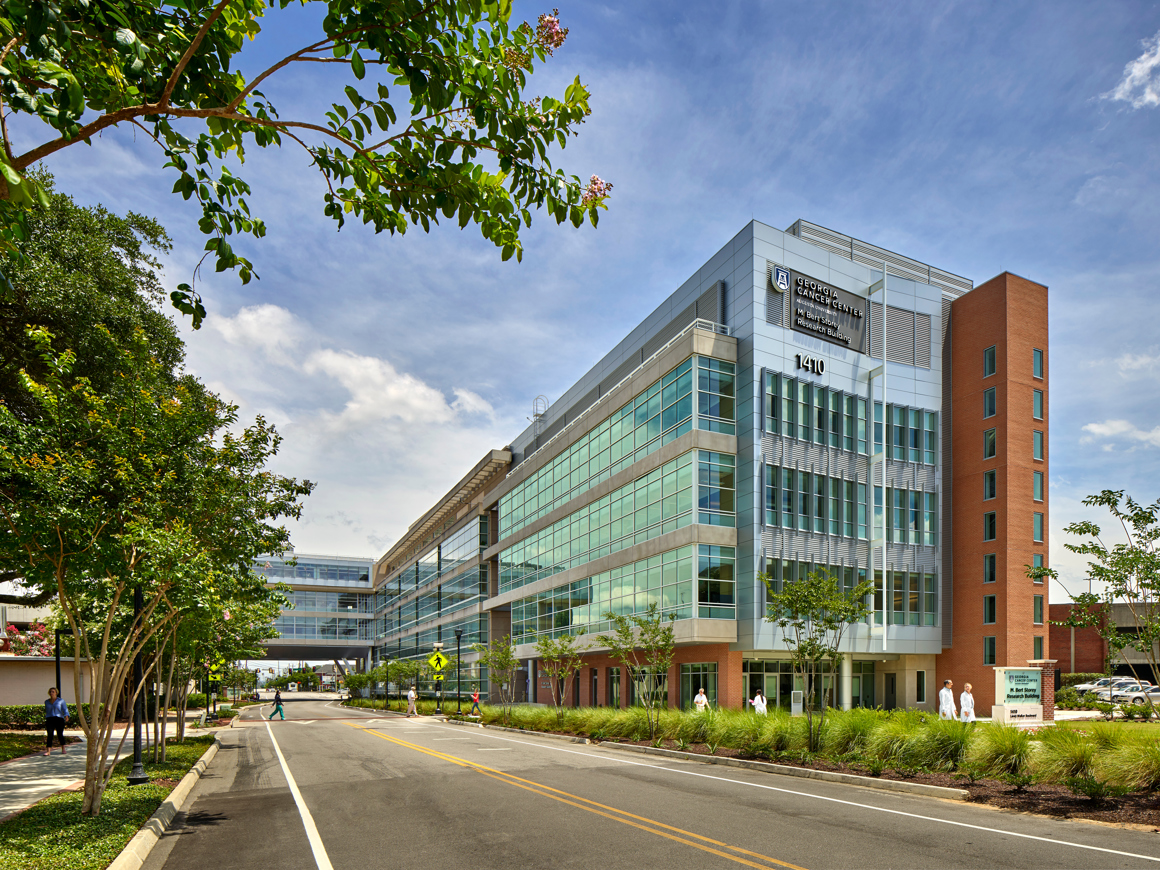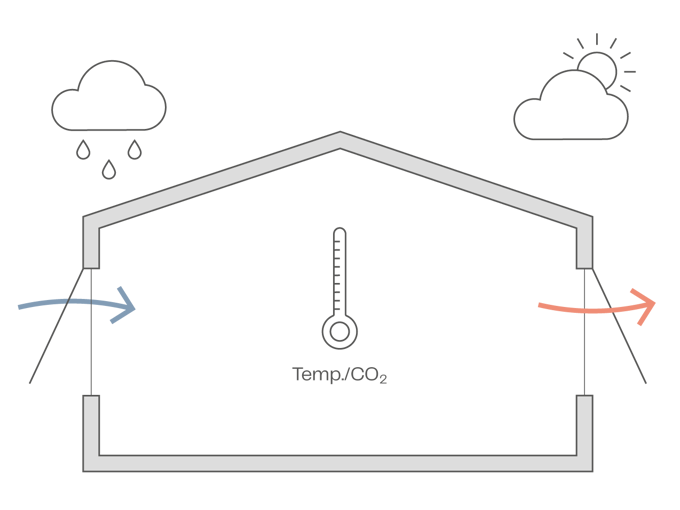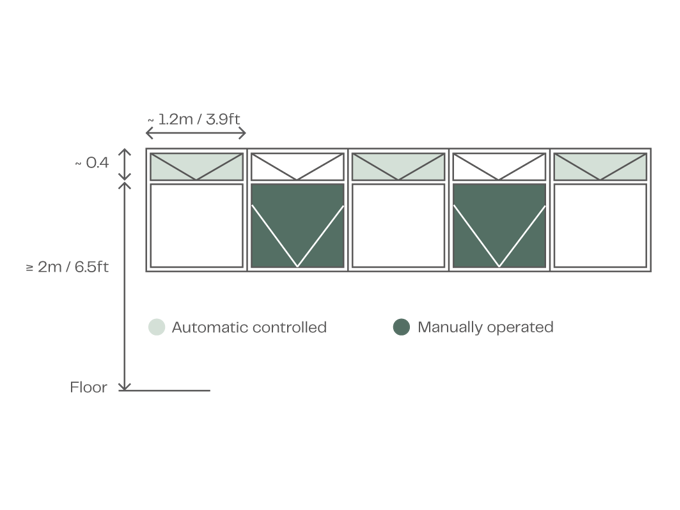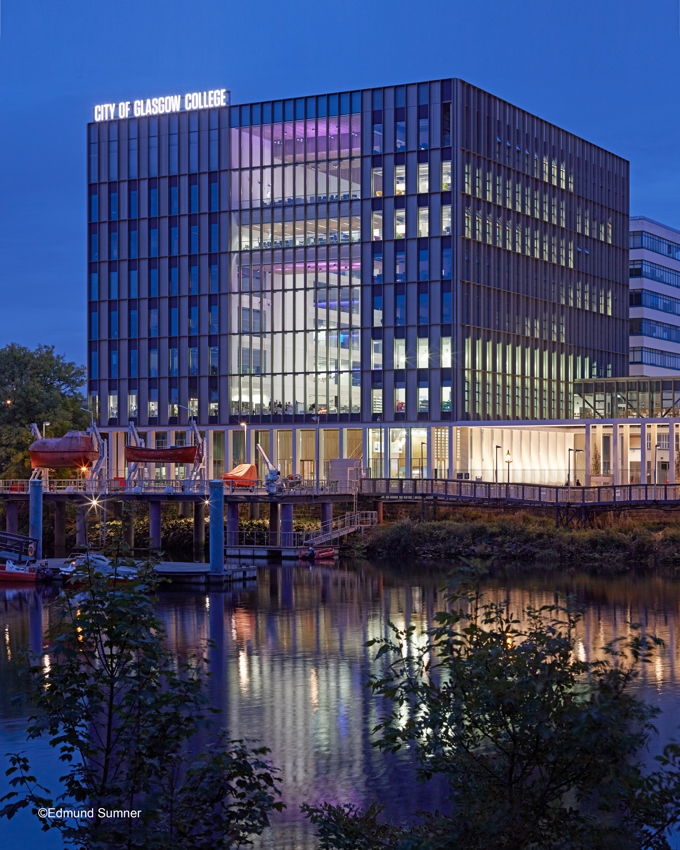Passive Ventilation
In today’s environmentally conscious world, passive ventilation offers a sustainable and cost-effective solution to modern building designs. As energy savings and carbon footprint reduction become paramount, WindowMaster provides passive ventilation systems that not only enhance indoor air quality but also align with architects' design freedom and aspirations. Choose a passive ventilation system from WindowMaster and elevate the occupants' comfort and health with a continuous flow of fresh air, removing stale air.
Read more about natural ventilationWhat is passive ventilation?
Passive ventilation, also termed natural ventilation, harnesses natural forces like wind and thermal buoyancy to facilitate air movement in and out of space. This method utilises strategically placed openings, such as windows and vents, to regulate indoor air temperature and renew the air within. The design of passive systems by WindowMaster is tailored to complement the aesthetic and functional needs of architectural projects, offering a seamless blend of style and sustainability. By employing the principles of stack and wind-driven ventilation, these systems maintain a comfortable and fresh indoor climate without relying on mechanical means.
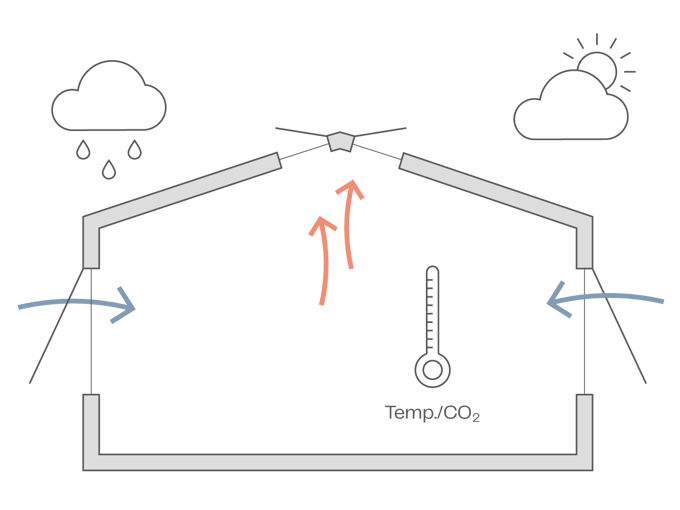
How does passive ventilation work?
The magic of passive ventilation lies in its use of natural environmental forces, creating effective air conditioning. WindowMaster’s systems take advantage of wind-driven and buoyancy-driven ventilation to create a continuous flow of fresh air.
By understanding the unique aspects of each building’s location, orientation, and design, passive solutions are customised to maximise airflow efficiency. The concept extends to night cooling strategies, where the thermal mass of buildings is cooled during off-peak hours, reducing the need for artificial cooling. This holistic approach ensures that buildings are not just energy-efficient but also harmonious with their natural surroundings.
Passive ventilation works in a number of ways including
-

Wind-driven ventilation
Arising from different pressures created by winds around a building.
-

Buoyancy-driven ventilation
Created by forces resulting from the temperature difference between the interior and exterior of a building.
-

Night Cooling
A passive cooling method uses natural forces like wind and thermal pressure to cool a building. Heat absorbed during the day is released at night through night ventilation. And fresh air cools the thermal mass, acting as a heat sink for the next day. Automatic windows or louvres are opened at night for airflow.
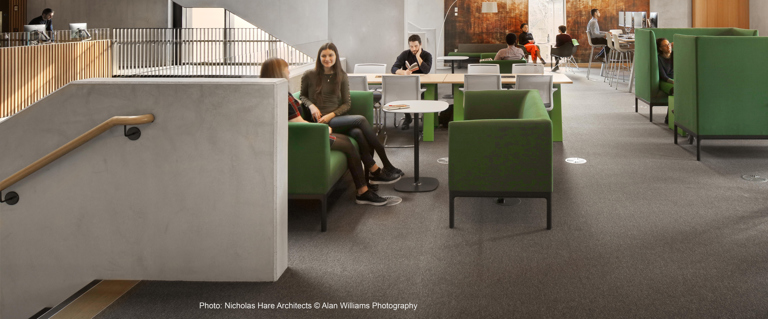
Considering natural passive ventilation for your project? There are a number of benefits to choosing passive ventilation, including:
-

Reduced costs
As passive ventilation systems rely on natural forces and have a reduced reliance on mechanical heating and cooling systems, energy consumption is lower – as are the bills.
-

Low maintenance
Passive ventilation has lower maintenance requirements, saving time, efforts, and reducing costs.
-

Cleaner air
Continuous airflow removes stale air, improving occupant health, productivity, and comfort.
-

Consistency
A passive ventilation system ensures that every room is supplied with the right amount of both cool and warm air, keeping the temperature at a pleasant level. This also removes the need to constantly adjust the system.
-

Reduced carbon emissions
Lowering the building's carbon footprint supports global environmental objectives—an essential part of all of our natural ventilation solutions.
What kind of buildings can utilise passive ventilation?
Almost all buildings can make use of passive ventilation, including office buildings, schools, theatres, and hospitals.
From the very beginning, we have been on a mission to ensure excellent and safe indoor climates through passive ventilation for the benefit of people, the environment, and productivity.
We can also help you with your passive ventilation project.
Project References
Building your passive ventilation system
Passive ventilation is incredibly versatile. If you are operating in an established building, there are a number of things we can do to add a passive ventilation system to the systems you already have in place.
The new passive system will complement your existing system to ensure you still reap the rewards of utilising natural forces. If you are building a new building from scratch, we can advise on the best options for a system with passive ventilation.
